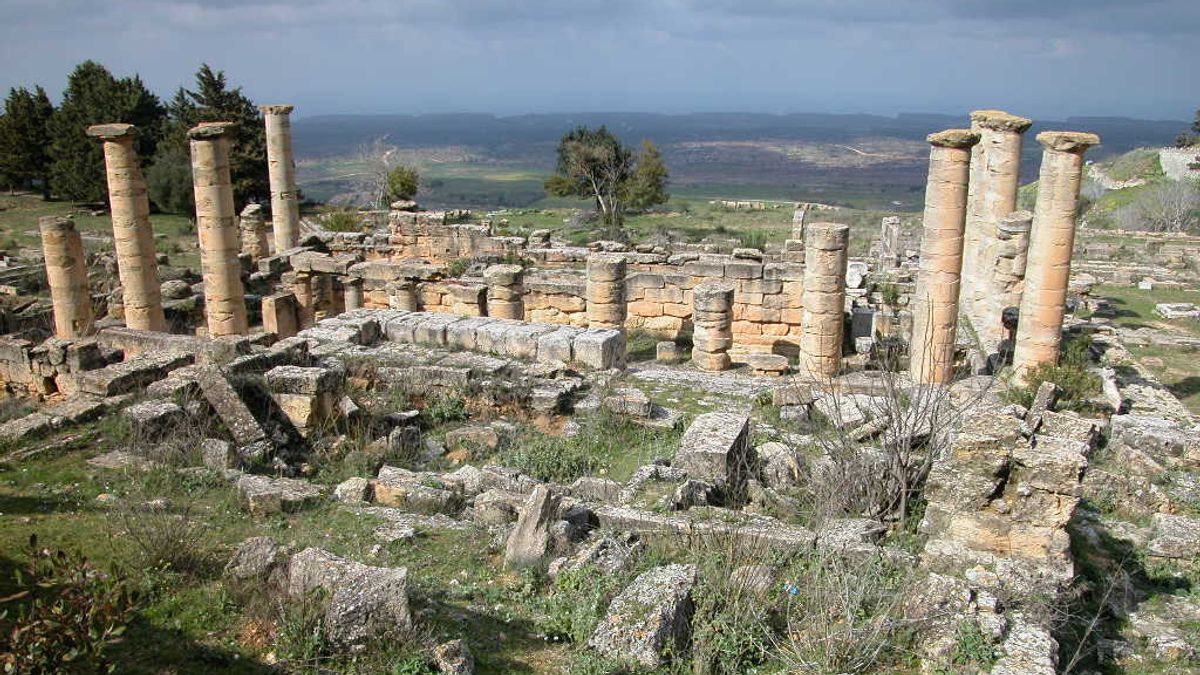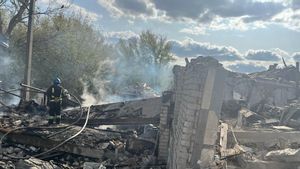
JAKARTA - Floods that killed thousands of people in Derna, Libya last month, damaged the ruins of Ancient Greek City, in nearby mountains, but also uncovered the remains of new archaeological in the region by sweeping soil and rock.
Hurricane Daniel may have caused one meter high rainfall in the eastern Libyan hills, an unprecedented number since recording began in the mid-19th century, scientists say.
The floods caused mud and debris to pile up in Greek-era baths in Cyrene, requiring special cleaning, local antiques department official Adel Boufjra said.
He further warned that although the damage that has occurred so far is minimal, the flood may have added to the subsidence of the soil surface which could eventually knock down one of the monuments.
"I am quite sure, and predict that one of these historic buildings could collapse due to excessive underground during winter," he explained.
While this risks causing major damage to the ruins of the Ancient Greek City of Cyrene, known locally as Shehat and attracting tourists since the 18th century, the water has also swept away the previously unknown Roman drainage system, said Boufjra.
"The flood has uncovered a new site, a water canal that I believe comes from the Roman era. This is a special discovery for this city," he said.
Separately, scientists at World Weather Attribution, an international research group said climate change had caused 50 percent more rain during the storm than before, underscoring future risks to cultural heritage.
관련 항목:
Cyrene is a Greek colony and one of the main cities in the ancient Hellenic world, before becoming the main center under Roman rule until the earthquake destroyed it in 365.
Being one of five UNESCO World Heritage sites in Libya, along with the vast Roman ruins overlooking the Mediterranean in Sabratha and Leptis Magna, Cyrene's stone-pillar temple stands on the slopes of a fertile hill near a rocky cliff.
The English, Chinese, Japanese, Arabic, and French versions are automatically generated by the AI. So there may still be inaccuracies in translating, please always see Indonesian as our main language. (system supported by DigitalSiber.id)















